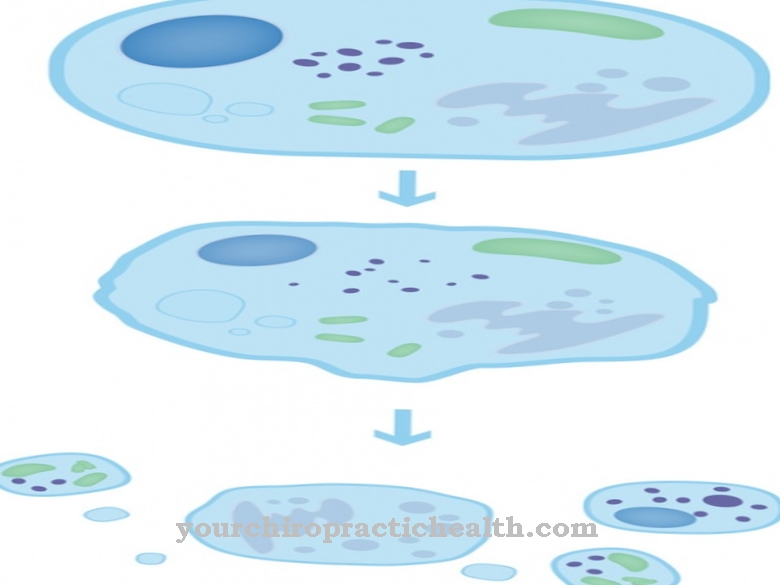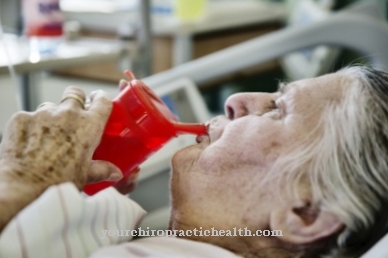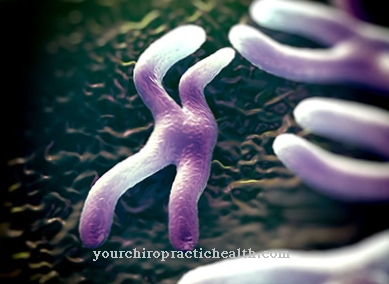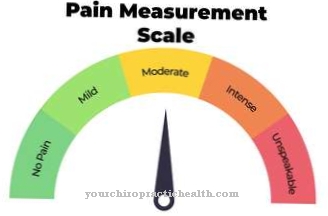A Femur fracture or Femoral fracture is a collective term for various types of fractures on the femur. Treatment depends on where the fracture took place, what damage it caused to the bone, and whether tissue and nerves were also damaged.
What is a femoral fracture?
.jpg)
© bilderzwerg - stock.adobe.com
As Femur fracture is colloquially a break (fracture) of the bone in the thigh. This thigh bone (femur) is the strongest and longest bone in the entire human skeleton. Seen from top to bottom, it consists of a head, followed by the slightly sloping thigh neck, which in turn opens into the bone shaft.
At the lower end is the articular surface for the knee joint. Since a fracture can occur at different points on the bone and each fracture site requires specific therapies, there are different medical names for the fractures, depending on where they happened. A rough distinction is made between femoral neck fracture and femoral shaft fracture.
There are also breaks in the so-called trochanters, which are located on the upper side of the bone. Another type of differentiation is the type of fracture. In the case of a thigh fracture, the bone can break through transversely or at an angle, it can splinter, break in a spiral or it can lead to a debris break. In addition, one differentiates between open and closed femoral fractures and between stable and unstable fractures.
causes
The cause of one Femur fracture is always an act of force on the bones. Depending on the type of force and the form in which it acted on the bone, the different variants of the femur fracture then arise.
The uppermost part, the head, usually breaks when the hips are twisted, i.e. when the hips are twisted excessively, so that the hips are often dislocated (femoral head dislocation). The femoral neck fracture often occurs when older people fall. The structure of their bones has not seldom changed due to osteoporosis, they have become porous and can therefore no longer absorb the sudden force. The fracture of the bone shaft usually occurs when there is violence as part of several other injuries, such as in serious traffic accidents.
This is called multiple trauma (poly = a lot, trauma = injury). A thigh fracture at the lower end of the femur bone occurs, for example, when the force is compressed from the front through the knee and acts on the bone. This is typical in car accidents when the person kneels against the fittings.
Symptoms, ailments & signs
A thigh fracture is usually not noticeable through the first signs, since such a fracture occurs suddenly and through strong force. Such a break is of course associated with very severe pain that can affect the entire lower body. In many cases, a fracture of the thigh is also visible from the outside.
Under certain circumstances, a misalignment of the bones can be recognized with the naked eye. However, it looks different if there is only a hairline crack. This is a small tear in the thigh that causes significantly less pain. A typical symptom of such a hairline crack is constant pain when walking and running.
As soon as the affected leg is loaded, sharp pain is to be expected. A medical examination must always take place, otherwise permanent damage can be expected. Often, severe swellings are also clear signs of a fracture in the thigh. In addition, there may be internal bleeding that urgently needs medical attention. Thus, the following applies: A femoral fracture can be diagnosed fairly clearly due to the clear symptoms. Of course, there are also significant restrictions on movement, so that the person concerned can no longer walk properly.
Diagnosis & course
The first symptom of one Femur fracture is always the pain. Because the bones are supplied with nerves, a break is extremely painful. Most of the time, those affected can no longer move because the pain is too strong. The leg is also unstable with a thigh fracture.
In the case of open fractures, the fracture ends of the bone can stick out through the skin and the fracture can be clearly visible. There is a particular risk of infection here, as germs can penetrate the organism. Furthermore, swelling and bruising often occur on the skin over a closed thigh fracture. Since vessels also tear in a fracture, bleeding occurs, which causes the tissue to swell and can be seen as a blue color on the skin.
Other possible symptoms are nerve injuries that can lead to impaired perception or paralysis. The doctor first makes the diagnosis based on the symptoms and the visible signs. The type of femoral fracture can be precisely determined by x-rays, which is an important prerequisite for the choice of therapy.
Complications
Since the region around the thigh bone is very well supplied with blood, a complication of a femoral neck fracture can be massive bleeding, which can lead to life-threatening shock. An open femur fracture carries the risk of infections from invading bacteria; in rare cases, pathogens spread through the bloodstream in the body and cause life-threatening blood poisoning (sepsis).
Disturbed bone healing can lead to misalignments, the formation of a sham joint (pseudarthrosis) and a difference in leg length. In adults, this usually results in a shortening of the affected leg, while in children both stunted growth and a lengthening of the injured leg are possible. As a rule, a thigh fracture must be treated surgically: During or after the operation, nerve damage with paralysis or sensory disturbances, wound healing disorders, thromboses or pulmonary embolism can occur as complications.
Occasionally there are circulatory disorders in the femoral head area, which can result in tissue death. Allergic reactions and the development of painful Sudeck syndrome are also possible. As people get older, the risk of possible consequential damage increases, and being confined to bed for a longer period of time can lead to pneumonia or pressure sores (pressure ulcers). In some cases a complete cure can no longer be achieved, the patient remains restricted in his mobility and in need of care.
When should you go to the doctor?
If people experience pain in the thigh after a fall, jerky movement or an accident, immediate relief of the leg is necessary. If the symptoms are alleviated within a few minutes and then a full recovery is achieved, a doctor is not required.
If the pain persists, if it spreads or if it increases in intensity, a doctor must be consulted. Because of their numerous side effects, pain medication should only be taken after consulting a doctor. A doctor should be consulted in the event of restricted mobility, problems with locomotion or a decrease in physical fitness.
If there are changes in the complexion, bruises or a visible abnormality in the skeletal system, a medical examination is required. A doctor should be consulted if the pelvis is inclined, muscle problems or sensory disorders. Swelling, tenderness and blood circulation disorders are signs of a health impairment that should be presented to a doctor.
If the leg cannot bear its own body weight or if it is impossible to carry out everyday obligations, a visit to the doctor is recommended. Since the chances of recovery from a thigh fracture are highest if medical care is provided as soon as possible, a doctor should be consulted immediately at the first signs of an irregularity.
Treatment & Therapy
Treatment of the Femur fracture depends on the type of fracture. Especially in children and people with a serious underlying disease, the hernia is often treated conservatively (without surgery) if it is at all possible.
Conservative treatment is also used for smooth and stable fractures. The bones are still in their original position on top of each other and are not shifted. In these cases, it is sufficient to immobilize the leg using a splint or a plaster cast. In most cases, however, an operation is performed to restore the necessary stability to the bone, which is exposed to heavy loads in everyday life.
Depending on the existing fracture, either under general anesthesia or under local anesthesia, the ends of the bones are reattached and reinforced with screws, plates or intramedullary nails. In the case of complicated fractures in the upper head of the bone, it may also be necessary to insert an artificial hip joint.
If the thigh fracture is a debris fracture in which bone material has been lost, this can be replaced by bone parts from the pelvic bone.
Outlook & forecast
The prospect of a hamstring fracture depends on the extent and type of injury. Treatment of the fracture can take a long time. In most patients, however, the bones grow together without problems after both conservative therapy and surgery, so that the prognosis is ultimately positive. The mobility of the affected person also rarely suffers from the injury. Nevertheless, a positive outcome of the treatment cannot be guaranteed in every case. This is especially true if the neighboring structures have been affected by the fracture or if there is osteoporosis (bone loss). Some patients may need reoperation.
The prognosis is most favorable if the femoral shaft breaks. The healing process is positive for around 90 percent of all those affected. After three to four months, the thigh fracture is over. There is no risk of permanent damage.
In contrast, it looks less favorable with a femoral fracture near the hip joint. If the injured leg can no longer be fully loaded, so that the patient becomes mobile again, there is often a need for care. If there is a thigh fracture near the knee joint, physiotherapy exercises are possible at an early stage. In most cases, the patient can put weight on the leg again after about twelve weeks. If there is a pertrochanteric femur fracture, the leg can even be loaded immediately after the operation.
prevention
Against a Femur fracture You cannot prevent it, as it usually happens through sudden unexpected forces in accidents and falls.
Aftercare
Exercise is one of the most important follow-up treatments for a broken thigh. The extent to which the movement can take place depends on the extent of the injury. If there is no pronounced fragmentary fracture of the thigh, walking training can be started a few days after the surgical procedure.
The patient uses forearm crutches and slowly increases the load. Because the implants used ensure adequate stabilization of the bone, no plaster cast is required. If intramedullary nailing takes place during the operation, some of the transverse screws are removed again after about six to twelve weeks.
The body weight can be used to plunge the bone fragments. This allows the fracture to heal quickly.The intramedullary nail usually stays in the bone for up to two years. In some cases, however, it is not removed at all as long as there are no symptoms. Inserted panels can normally be removed after 1.5 to 2 years.
If this is possible, physiotherapeutic exercises and loads begin shortly after the thigh operation. Without these follow-up measures, the healing process would be significantly longer. A physiotherapist is responsible for monitoring the training program. He makes sure that the bone does not become overloaded. It usually takes twelve weeks before the affected leg can be loaded again.
You can do that yourself
In the case of a fractured thigh, the person affected should take it easy and allow the body enough rest. Sports activities are to be avoided during the healing process. The stresses must be reduced and everyday life must be adapted to the patient's physical capabilities.
Since locomotion is severely restricted, a temporary restructuring should be carried out in the fulfillment of daily tasks and errands. Getting support from friends or relatives can be found very helpful. The musculoskeletal system is generally less subject to stress and physical exertion should be avoided. Failure to do so may result in bone displacement and complications in the healing process. The person concerned should protect himself from bad posture or one-sided physical stress. Light balancing movements and exercises help to prevent possible muscle discomfort and damage to the skeletal system.
Obesity or excessive weight gain should be avoided for optimal recovery. So that the body is not exposed to overexertion, we recommend a body weight that is within the guidelines of the BMI. As recovery progresses, a careful build-up of the muscles in the leg can begin in consultation with the treating doctor. Due to the discomfort, care should be taken when stepping on the foot. There is an increased risk of accidents and injuries, as the injured leg cannot be loaded with its own weight as usual.




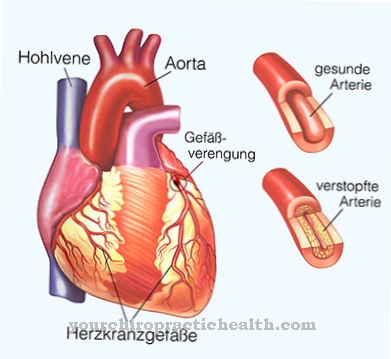
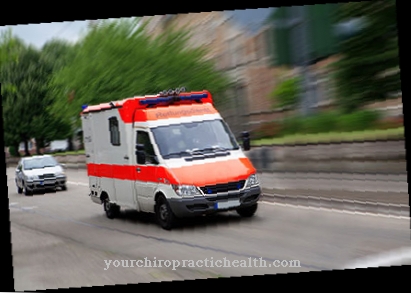
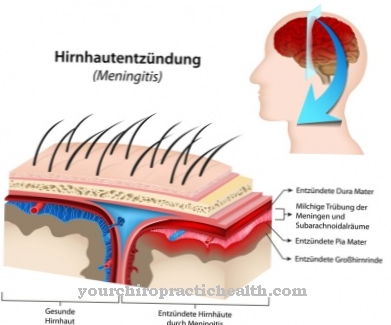





.jpg)



